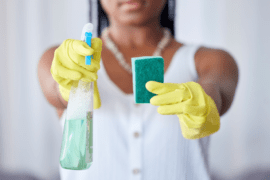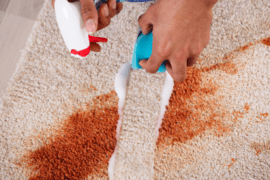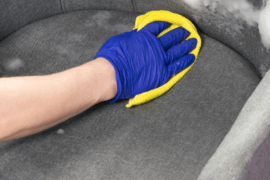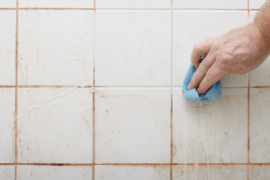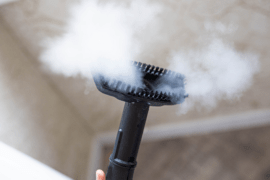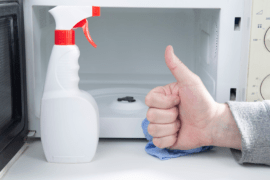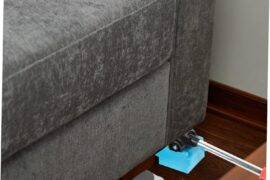Water stains on wood can be a frustrating eyesore, marring the beauty and elegance of your furniture, floors, or wooden surfaces. These blemishes often result from condensation, spills, or water leaks that penetrate the wood’s finish, causing discoloration. Whether you have light or dark water stains, it’s essential to address them promptly to prevent further damage to the wood. Fortunately, there are various methods to tackle these stains effectively, ranging from simple household remedies to more intensive treatments.
This article will guide you through the steps of how to remove water stains on wood, helping you restore its natural beauty. By following these practical tips and techniques, you’ll be equipped to handle both fresh and stubborn stains, ensuring your wooden surfaces remain pristine and appealing. Read on to discover the best approaches for treating water stains on wood, and say goodbye to those unsightly marks for good.
Understanding the Types of Water Stains
Water stains on wood come in two primary types: white rings and dark stains. White rings occur when moisture gets trapped in the wood’s finish, leaving a milky or cloudy appearance. These stains are usually superficial and easier to remove. Dark stains, on the other hand, indicate that water has penetrated deeper into the wood, possibly causing more extensive damage.
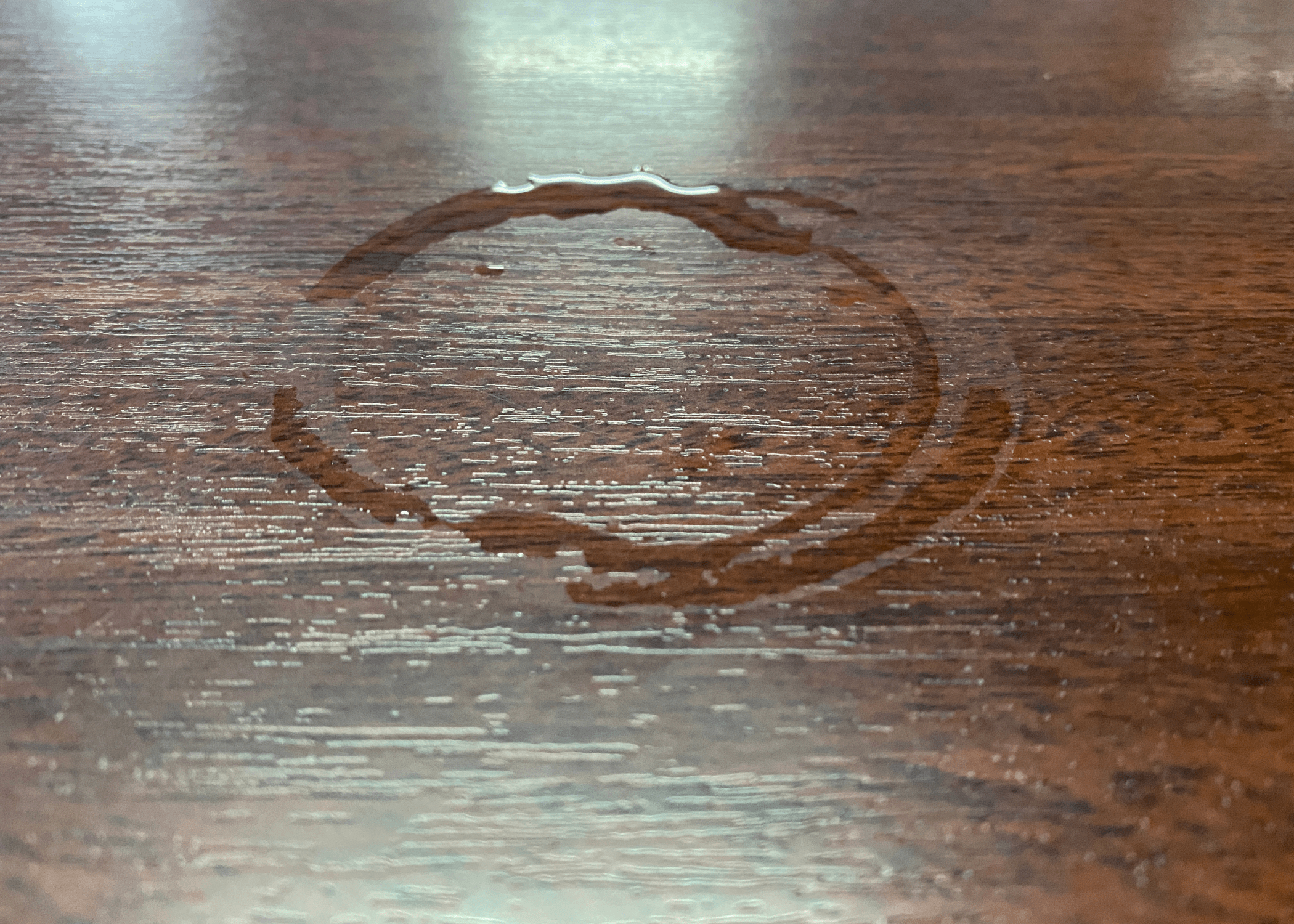
Understanding the type of stain you’re dealing with is crucial, as it determines the method you should use for removal. White rings can often be treated with household items like mayonnaise or toothpaste, while dark stains may require sanding or refinishing. Identifying the stain correctly will help you choose the most effective treatment, ensuring you don’t inadvertently cause more harm to your wood.
Using Household Items to Remove White Rings
For white rings, several household items can be surprisingly effective. One popular method involves using mayonnaise or petroleum jelly. Simply apply a small amount to the stained area, let it sit for a few hours or overnight, then wipe it off with a clean cloth. The oils in these products can help displace the trapped moisture, restoring the wood’s appearance.
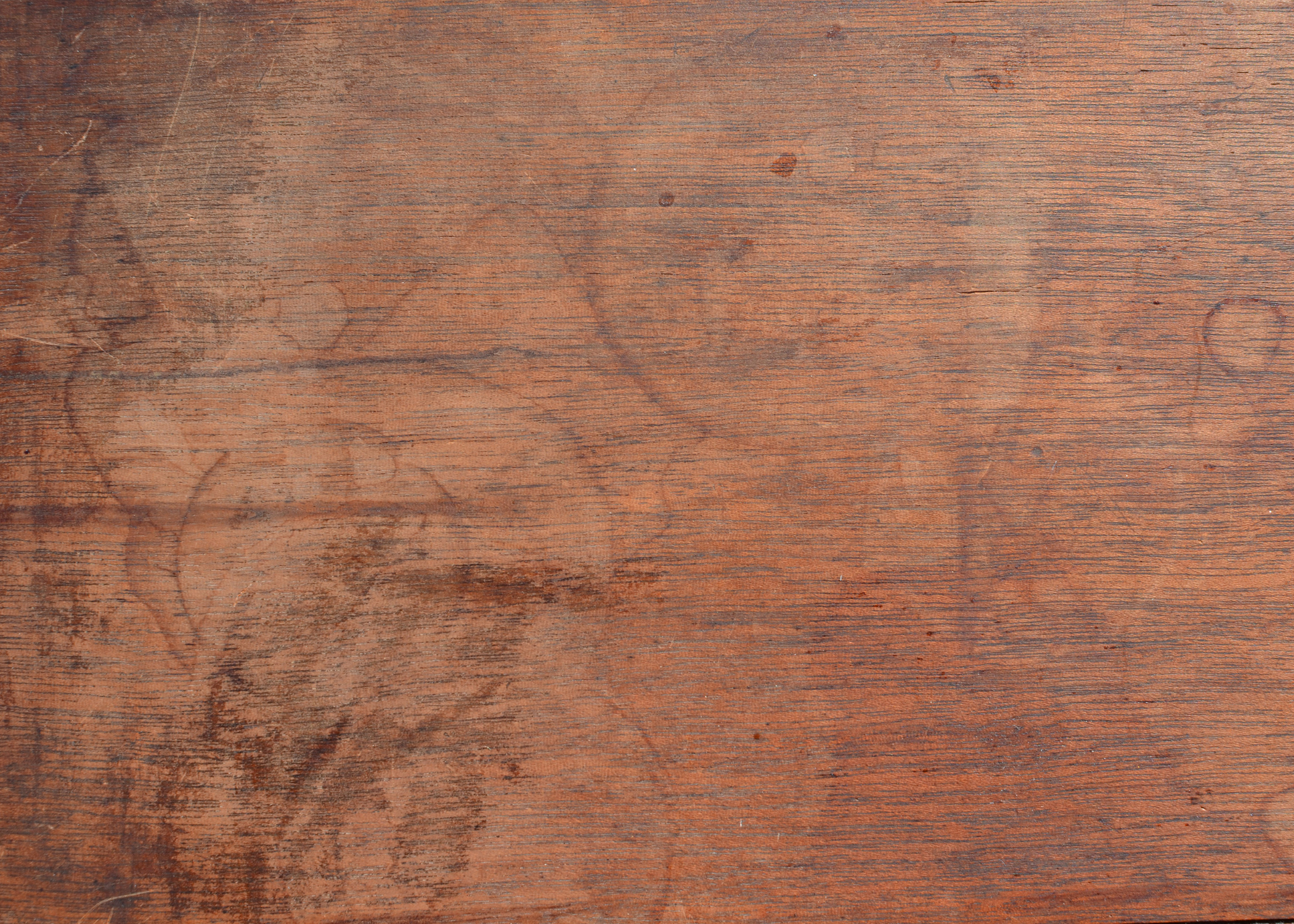
Another option is to use toothpaste, but make sure it’s not a gel variety. Dab a small amount onto the stain, rub it gently with a soft cloth, and then wipe it clean. Baking soda mixed with water to form a paste can also be used similarly. These methods are gentle and non-abrasive, making them safe for most wood finishes. Always test on a small, inconspicuous area first to ensure compatibility.
Ironing Out Water Stains
An unconventional but effective method for removing water stains involves using an iron. This technique works well for white rings. First, place a clean, dry cloth over the stain. Set your iron to a low heat setting, ensuring there’s no water or steam. Gently press the iron onto the cloth for a few seconds at a time, checking the stain frequently. The heat can help evaporate the trapped moisture, lifting the stain from the wood.
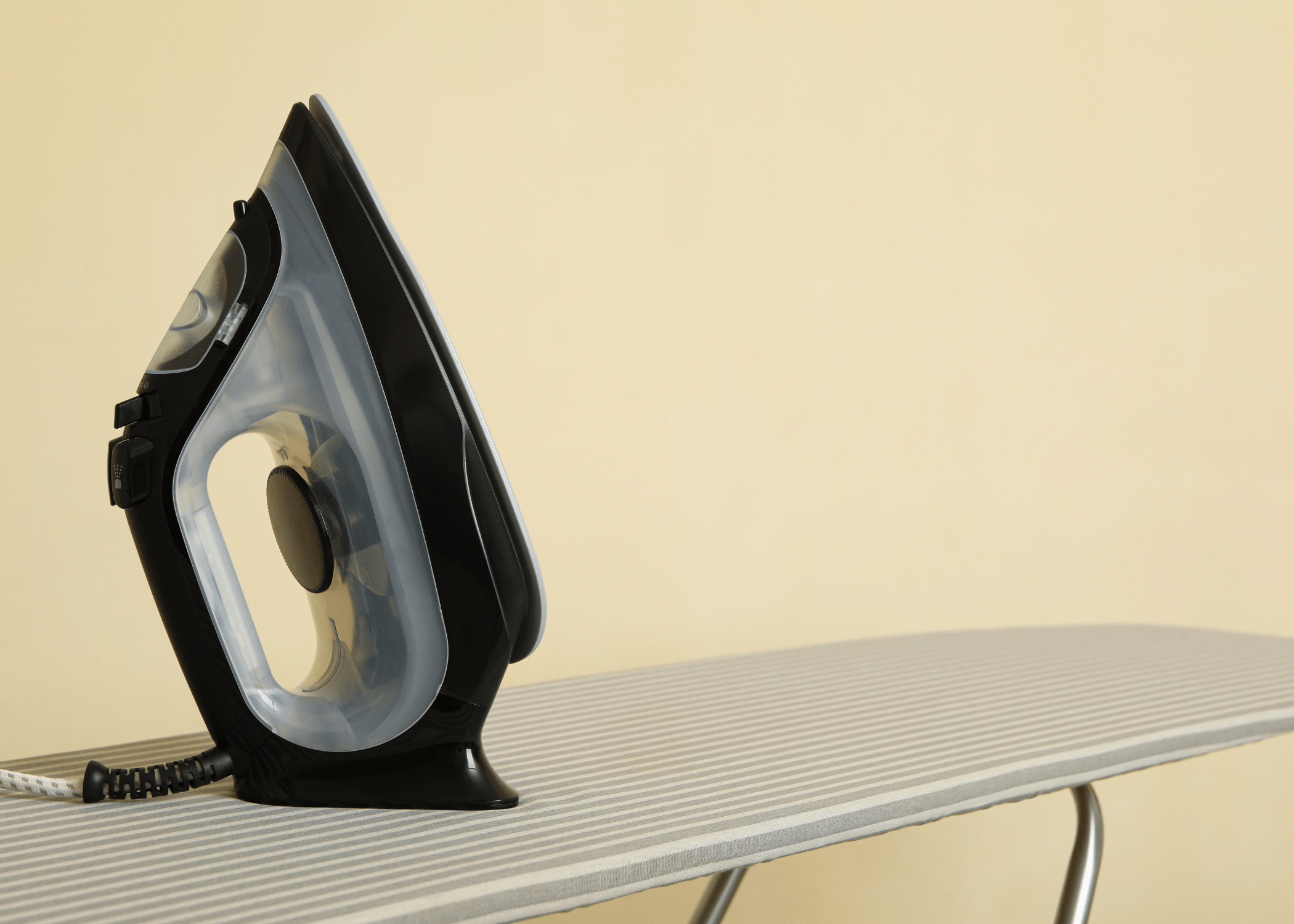
Be cautious not to overheat or burn the wood, and always keep the iron moving to prevent damage. This method can be surprisingly effective, often producing immediate results. However, it may not work for darker stains that have penetrated deeper into the wood.
Sanding and Refinishing for Dark Stains
Dark water stains are more challenging and often require sanding and refinishing to remove completely. Begin by lightly sanding the stained area with fine-grit sandpaper, carefully removing the top layer of the finish without damaging the wood beneath. Once the stain is less visible, switch to a finer grit to smooth the surface.
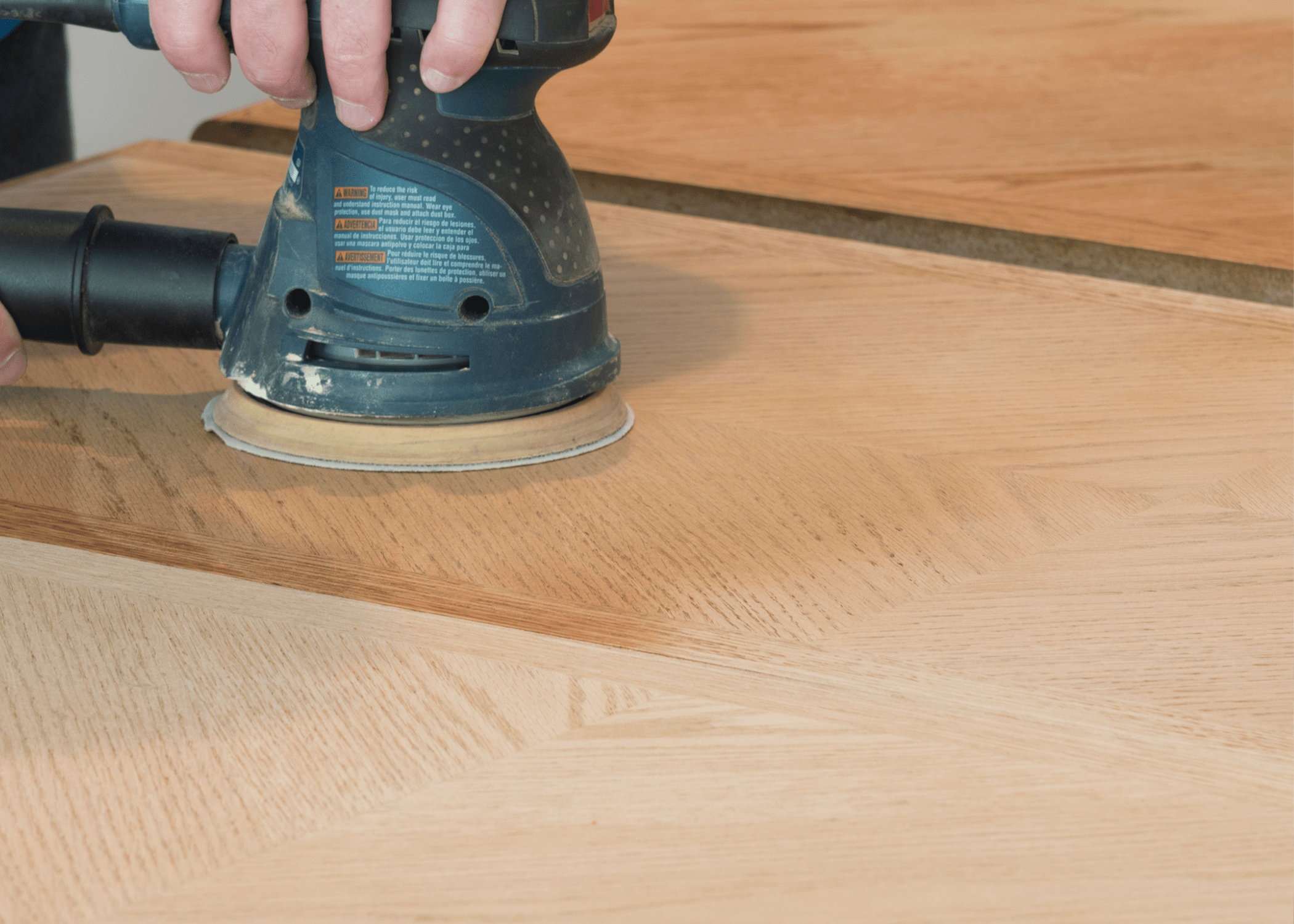
After sanding, clean the area thoroughly to remove dust. Next, apply a wood stain that matches the original color, followed by a clear protective finish. This process can be time-consuming and requires some skill, but it’s highly effective for deep, stubborn stains. If you’re unsure about doing it yourself, consider hiring a professional to ensure the best results.
Using Commercial Products
Various commercial products are designed specifically to remove water stains from wood. These include specialized wood cleaners and stain removers available at hardware stores or online. Always follow the manufacturer’s instructions carefully when using these products.
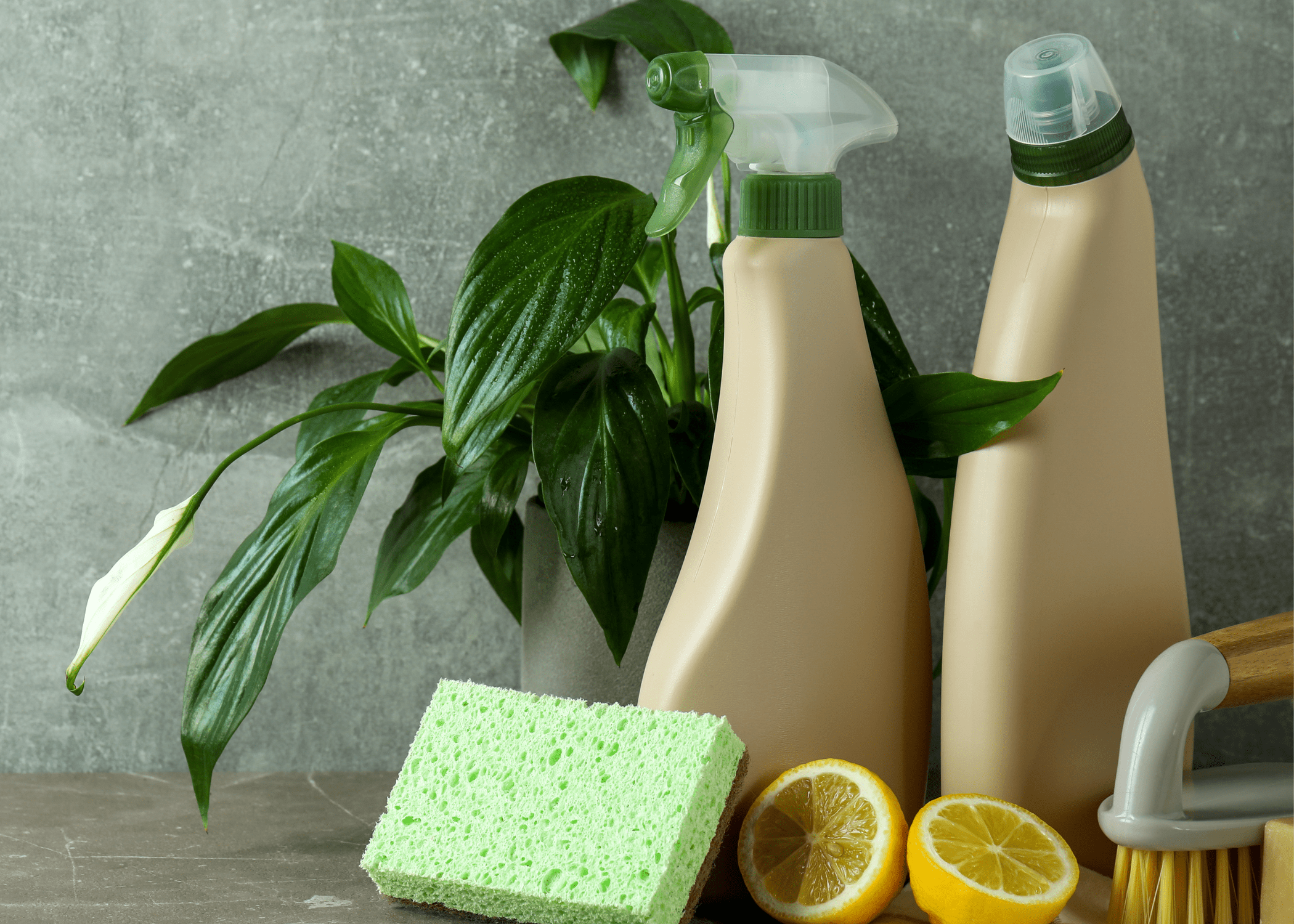
Typically, you’ll apply the cleaner to the stained area, let it sit for the recommended time, and then wipe it off. Some products may require rinsing or additional steps, so it’s essential to read the labels. Commercial products can be highly effective, especially for tougher stains that household remedies can’t tackle. However, they can be more abrasive, so test them on a small area first to ensure they don’t damage your wood’s finish.
Preventing Future Water Stains
Once you’ve successfully removed water stains, it’s important to take steps to prevent them from reoccurring. Use coasters, placemats, and tablecloths to protect wooden surfaces from spills and condensation. Regularly apply a high-quality wood polish or protective finish to create a barrier against moisture.
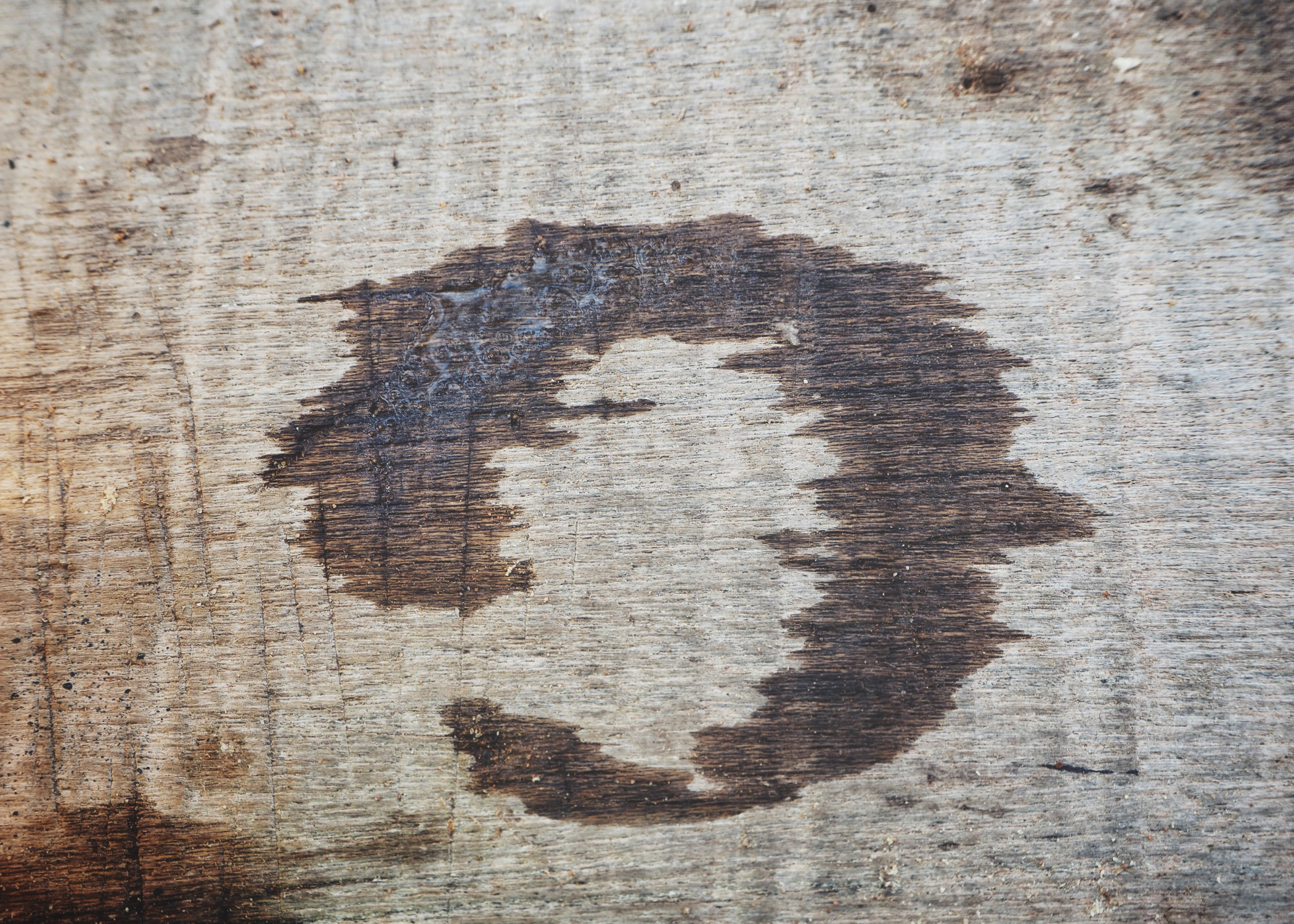
Address any leaks or spills immediately to prevent them from soaking into the wood. Keeping your home at a stable humidity level can also help, as fluctuating moisture levels can cause wood to expand and contract, leading to potential damage. By taking these preventive measures, you can keep your wooden surfaces looking beautiful and stain-free for years to come.
When to Seek Professional Help
While many water stains can be treated at home, some situations may require professional intervention. If the stain is extensive, if you’re dealing with antique or valuable furniture, or if your attempts to remove the stain have been unsuccessful, it’s best to consult a professional.
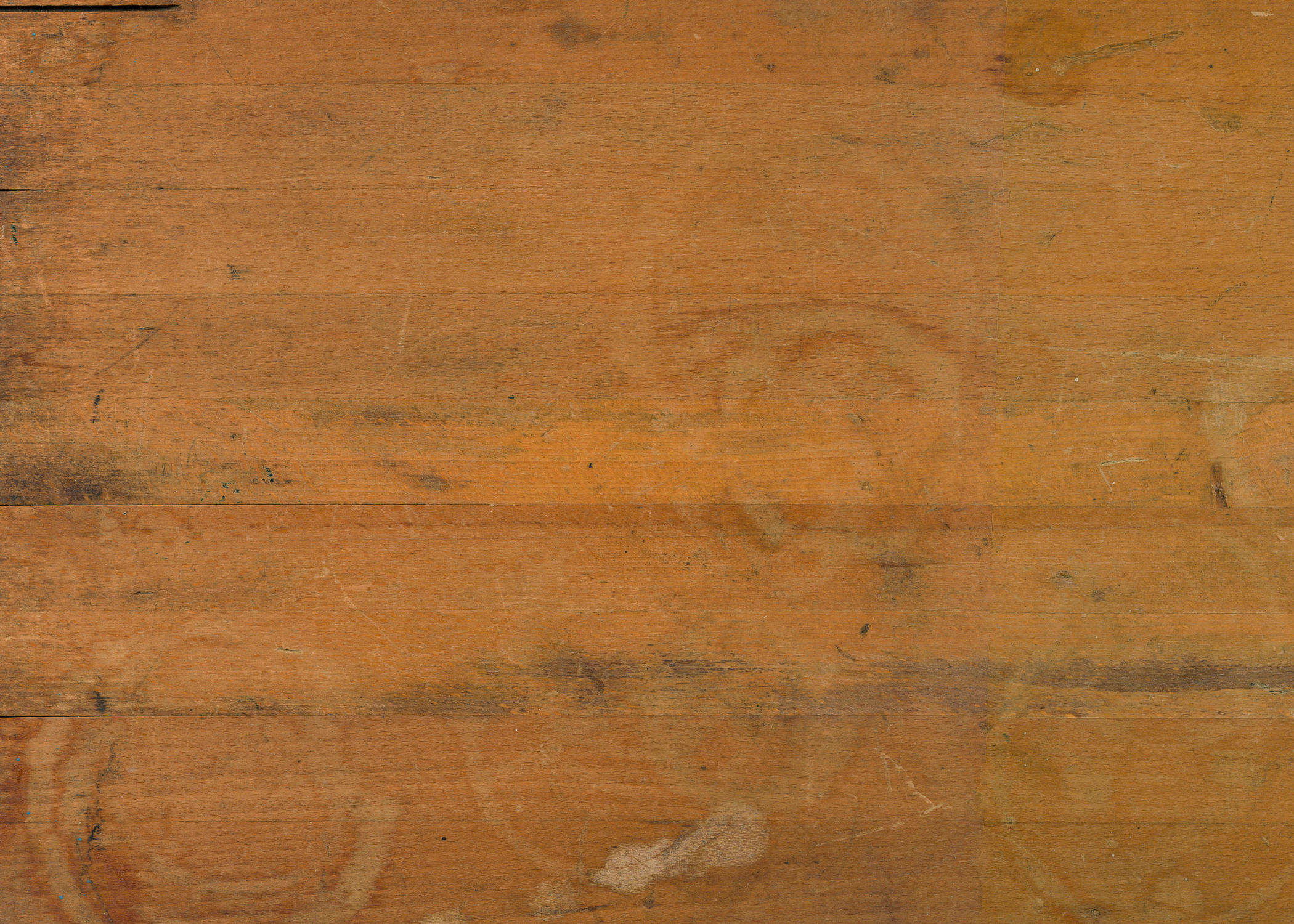
Experts have the tools and experience to handle complex cases without causing further damage. They can also provide advanced treatments, such as deep cleaning, refinishing, or even wood replacement if necessary. Investing in professional help can save you time and ensure the best possible outcome for your wood.
Related Articles
- How to Clean a Stainless Steel Sink Quick and Easy
- Effective Tips and Tricks for How to Clean Sticky Kitchen Cabinets
- How to Get Sharpie Out of Clothes – Effective Stain Removal Tips
Ready to bring new life to your home? Subscribe to our newsletter for exclusive interior design tips, trends, and ideas that will transform your space. Click here to subscribe!
Frequently Asked Questions (FAQs)
What causes white rings on wood?
White rings occur when moisture gets trapped in the wood’s finish, often from condensation or spills. The trapped moisture creates a milky or cloudy appearance on the surface.
Can I use vinegar to remove water stains from wood?
Vinegar can sometimes be used for light stains, but it’s acidic and may damage the wood or finish. It’s safer to try other household remedies or commercial products designed for wood stain removal.
How long should I leave mayonnaise on a water stain?
For best results, leave the mayonnaise on the stain for several hours or overnight. The oils in the mayonnaise help displace the trapped moisture, making it easier to remove the stain.
Will sanding always remove dark water stains?
Sanding can be effective for dark water stains, but it depends on the depth of the stain. If the stain has penetrated deeply, more extensive sanding and refinishing may be required.
Is it safe to use an iron on wood to remove water stains?
Yes, using an iron on a low heat setting with a cloth barrier can help evaporate trapped moisture for white rings. Be cautious and check frequently to avoid overheating or damaging the wood.
How can I prevent water stains on wood surfaces?
Prevent water stains by using coasters, placemats, and tablecloths and applying a protective wood finish regularly. Address spills and leaks immediately and maintain stable humidity levels in your home.
When should I seek professional help for water stains on wood?
Seek professional help if the stain is extensive, if you have valuable or antique furniture, or if home remedies have been unsuccessful. Professionals have the expertise to handle complex cases without causing further damage.
